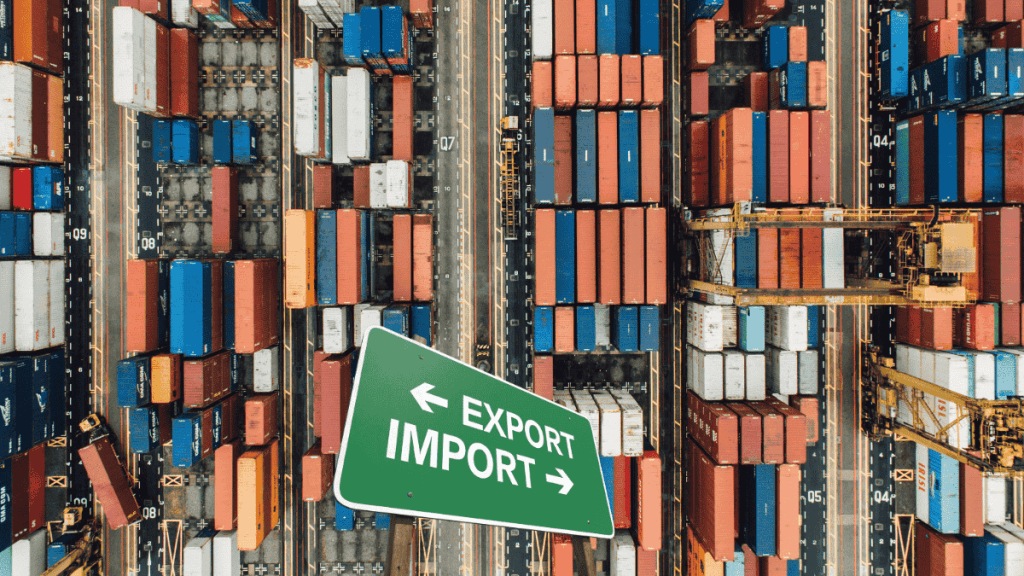As the 90-day pause on reciprocal tariffs between India and the US nears its end on July 9, Jefferies highlighted that the impact would depend on how the competing countries strike deals with the US.
For example, India competes with China and Pakistan in home textiles and with Vietnam and Bangladesh in garments. Currently, India is on par with Pakistan and Bangladesh, facing about 10 per cent reciprocal tariffs. China, on the other hand, pays a significantly higher 30 per cent. Vietnam recently signed a trade deal but still faces a 20 per cent tariff rate.
Jefferies took the example of Indian textile exporter Welspun Living, whose 63 per cent of revenue comes from the United States. Welspun’s products include bed linen, towels, carpets, advanced textiles, and flooring solutions. Currently, the base duty on towels and bedsheets ranges from 4 to 12 per cent. If no interim trade deal is signed between the two countries, tariffs could shoot up to 26 per cent—compounding the existing tariff.
India-US trade talks: Possible scenarios
Here is what awaits if the trade deal goes through or falls apart. Jefferies outlined the possible outcomes:
Base case: A trade deal is signed, maintaining the 10 per cent base tariff, and other countries also secure similar terms. Then the tariff parity will continue. Welspun may absorb some costs but can manage with internal efficiencies.
Bull case: India signs a more favourable deal, reducing tariffs below 10 per cent, and competitor countries fail to match the terms, giving Welspun a strong edge and enabling market share and margin expansion.
Bear case: No deal is signed, and tariffs jump back to 26 per cent, but they also increase for competing countries. This could hurt margins and consumer demand, but India’s competitiveness will remain largely unchanged.
Black swan scenario: India fails to reach a deal while others, like Pakistan or Bangladesh, secure better terms. This could erode Welspun’s market share significantly. Jefferies also highlighted that the probability of this happening is the least.
India-US talks uncertain still
Trade negotiations between India and the US are still underway in Washington, but progress has been slow. One key sticking point is the US demand for greater access to Indian agricultural and dairy markets. Despite this, there is cautious optimism after US President Donald Trump listed India as a likely partner for a trade agreement.
India can look at UK and Europe as alternative export markets
While the US remains the biggest focus, there are opportunities for Indian traders and exporters in Europe as well. India has already finalised a Free Trade Agreement (FTA) with the UK and is in talks with the EU. Currently, Indian exporters face 10 to 12 per cent import duties in Europe—much higher than the zero-tariff enjoyed by Pakistan and Bangladesh. So, the trade agreement with the EU is also something exporters can look forward to.

